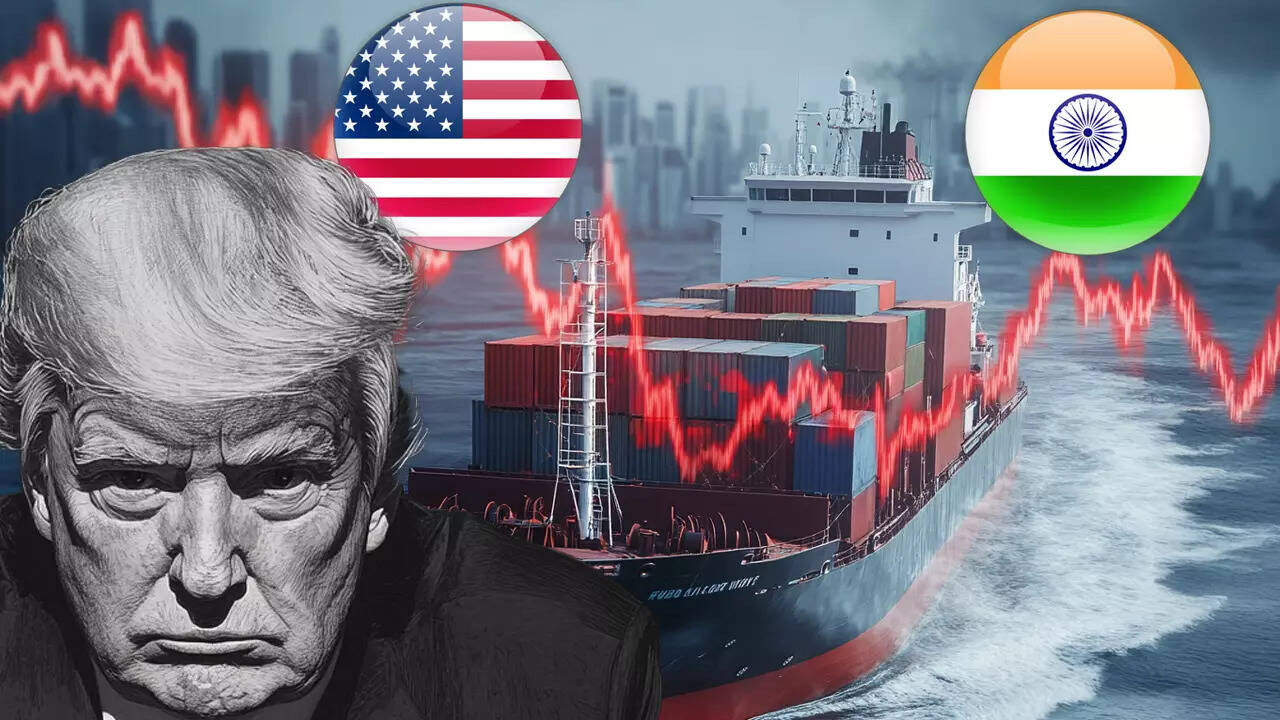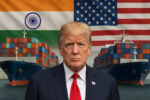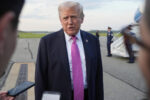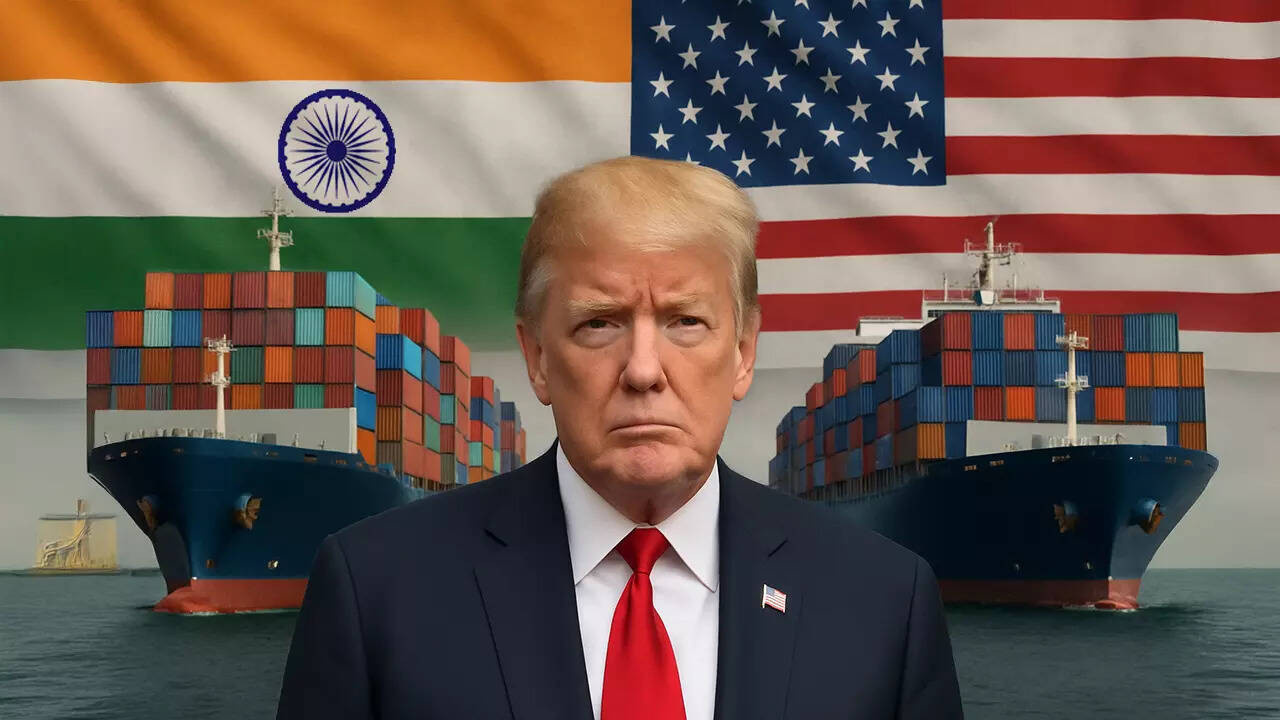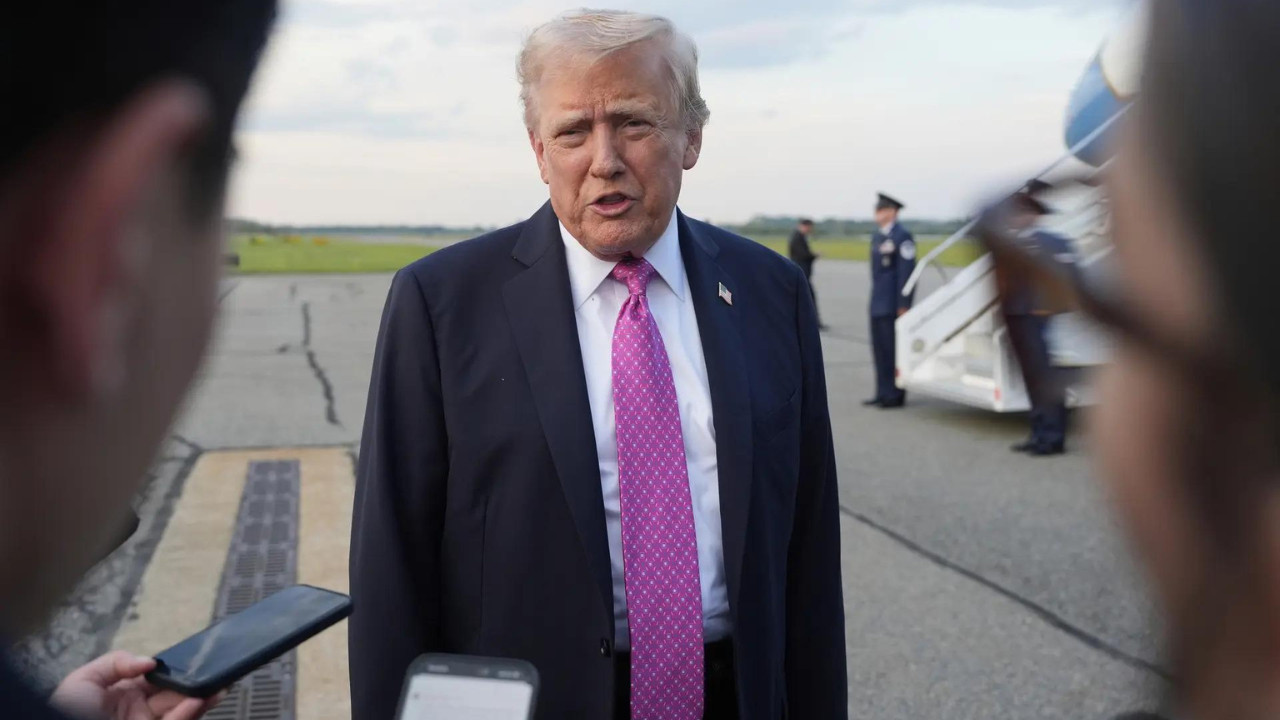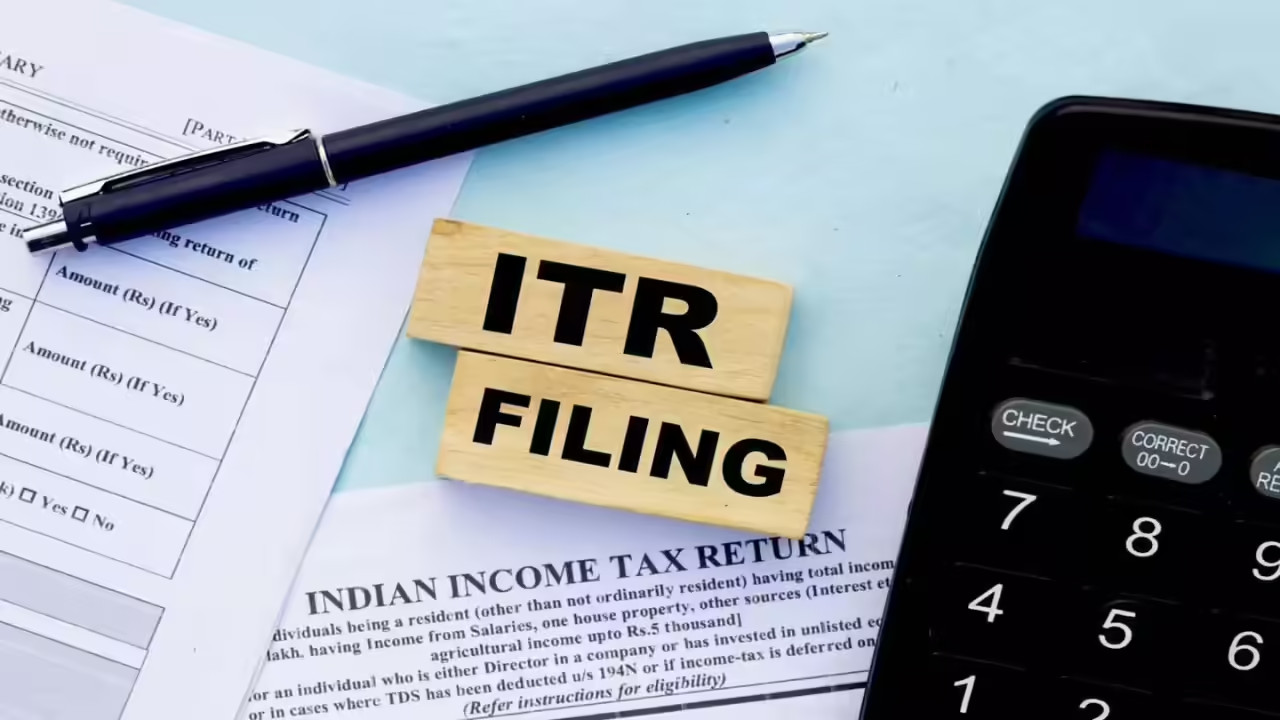The US has informed the WTO that it sees no basis for India’s proposal to suspend concessions in response to American tariffs on steel and aluminium. India had proposed retaliatory duties on 29 American products, claiming the US tariffs would affect $7.6 billion in imports.
Trade Tussle: Is India’s Retaliation Against the US Justified?
Alright, let’s dive into a juicy international trade spat brewing between India and the United States. It’s a back-and-forth that involves tariffs, accusations, and the ever-watchful eye of the World Trade Organization (WTO). Buckle up, because it’s a bit of a tangled web.
The gist? India slapped retaliatory duties on 29 American products a while back. We’re talking about things like almonds, apples, and some chemicals – all in response to the US imposing tariffs on Indian steel and aluminum back in 2018 under the Trump administration’s “national security” justification. Now, the US is contesting these retaliatory duties at the WTO, arguing that India doesn’t have a leg to stand on.
Think of it like this: two kids in a playground fight. One kid punches the other (US tariffs on steel and aluminum). The punched kid punches back (India’s retaliatory tariffs on US goods). Now, the teacher (WTO) is trying to figure out who started it and whether the retaliation was fair.
The US argument, as presented to the WTO, is pretty straightforward: India’s retaliatory duties are unwarranted. They claim that the “national security” grounds the US invoked for its initial tariffs are perfectly legitimate and beyond the scope of WTO dispute settlement. Essentially, they’re saying, “We did it for national security, so you can’t retaliate.”
Now, that’s a bold claim. National security is a powerful card to play in international trade, because it’s often seen as a sovereign right. However, the WTO has been increasingly scrutinizing such claims, especially when they appear protectionist in nature. Using national security as a blanket excuse for imposing tariffs could potentially open the floodgates for widespread protectionism, undermining the entire global trading system.
What makes this situation particularly interesting is that the WTO has already ruled against the US on these very steel and aluminum tariffs. The WTO’s dispute settlement panel concluded that the US tariffs weren’t really about national security at all, but rather a thinly veiled attempt to protect domestic industries. That ruling, of course, is being appealed by the US.
So, here’s where the story gets a bit murkier. The US is simultaneously arguing at the WTO that its tariffs were justified under national security grounds and appealing the WTO’s ruling against those very same tariffs. It’s like trying to have your cake and eat it too.
India, understandably, feels aggrieved. They see the US tariffs as unfair and harmful to their economy. They argue that their retaliatory duties are a legitimate response to a WTO-inconsistent measure. They’re essentially saying, “You hurt us, so we’re hurting you back, and we’re allowed to do that because you broke the rules first.”
The implications of this trade dispute are significant. First, it highlights the ongoing tensions in the global trading system. The Trump-era tariffs cast a long shadow, and the Biden administration hasn’t fully rolled them back. This creates uncertainty and instability for businesses on both sides of the Atlantic.
Second, it raises questions about the effectiveness of the WTO’s dispute settlement system. If countries can simply ignore WTO rulings they don’t like or appeal them indefinitely, then the system loses its teeth. And if the system loses its teeth, then countries are more likely to resort to unilateral measures and retaliatory tariffs, leading to a downward spiral of protectionism.
Third, it impacts the bilateral relationship between India and the US. While the two countries have been strengthening their strategic partnership in recent years, trade disputes like this can strain relations. It’s crucial that both sides find a way to resolve these issues amicably, perhaps through bilateral negotiations, to avoid further escalation.
The outcome of this particular dispute at the WTO is uncertain. However, one thing is clear: this is not just about 29 American products or some steel and aluminum. It’s about the future of the global trading system and the rules-based order that underpins it. It’s about whether countries can use national security as a pretext for protectionism. And it’s about whether the WTO can effectively enforce its own rules.
Ultimately, both India and the US have a shared interest in maintaining a stable and predictable trading environment. Finding a mutually acceptable solution to this dispute is essential for strengthening their bilateral relationship and for upholding the integrity of the global trading system. The playground needs a calmer atmosphere, and perhaps a good talking-to for all involved.
📬 Stay informed — follow us for more insightful updates!
